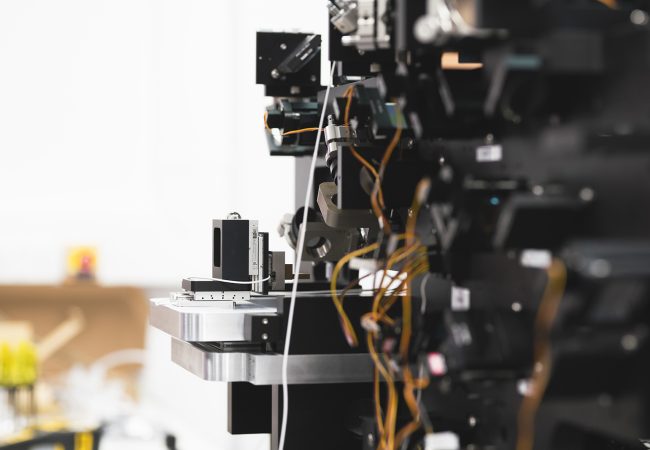Professor Marco Fritzsche

Professor Marco Fritzsche is the Scientific Director of the Oxford-ZEISS Centre of Excellence and Rosalind Franklin Kennedy Trust Research Fellow who leads the Biophysical Immunology Laboratory (www.bpi-oxford.com) between the Rosalind Franklin Institute and the Kennedy Institute for Rheumatology at the University of Oxford, UK. The BPI Laboratory aims to unravel the impact of biophysics and mechanobiology on the human immune response in health and disease. For this mission, the BPI lab develops custom-built microscopy technology at the interface of biophysics and immunology.
Prof Fritzsche holds a BSc in physics, BSc in mathematics, and a MSc in theoretical physics. He conducted his PhD in experimental biophysics and cell-biology at the London Centre for Nanotechnology at the University College London, UK. He performed his Postdoctoral work at the University of Oxford in close collaboration with the Howard Hughes Medical Institute Janelia Farm, USA. In 2016, his independent research group was initially established at the Weatherall Institute for Molecular Medicine at the University of Oxford. The BPI lab moved to the Franklin and Kennedy in 2020. He became Scientific Director of the Oxford-ZEISS Centre of Excellence in 2021 and full Professor in 2023.
His current research includes the development and application of optical microscopy, sensitive force probing technologies, and analysis pipe-lines for quantitative bio-imaging.

